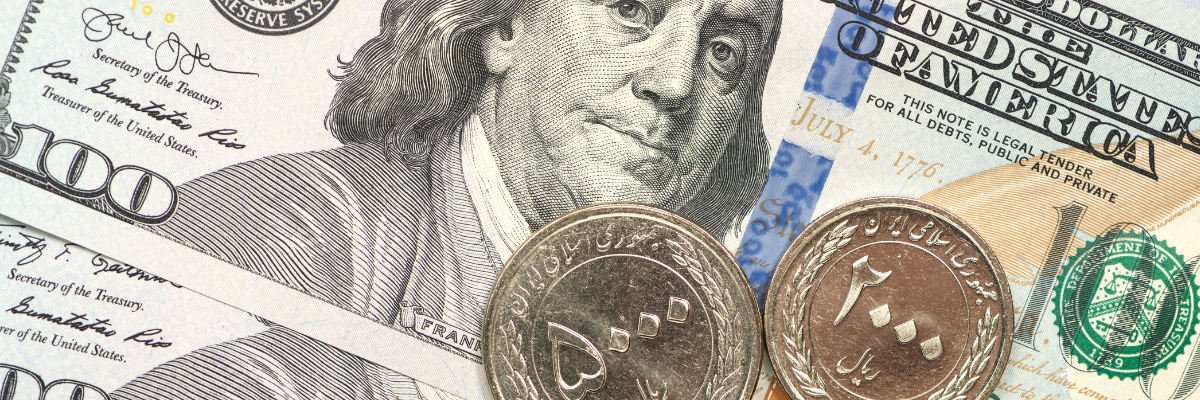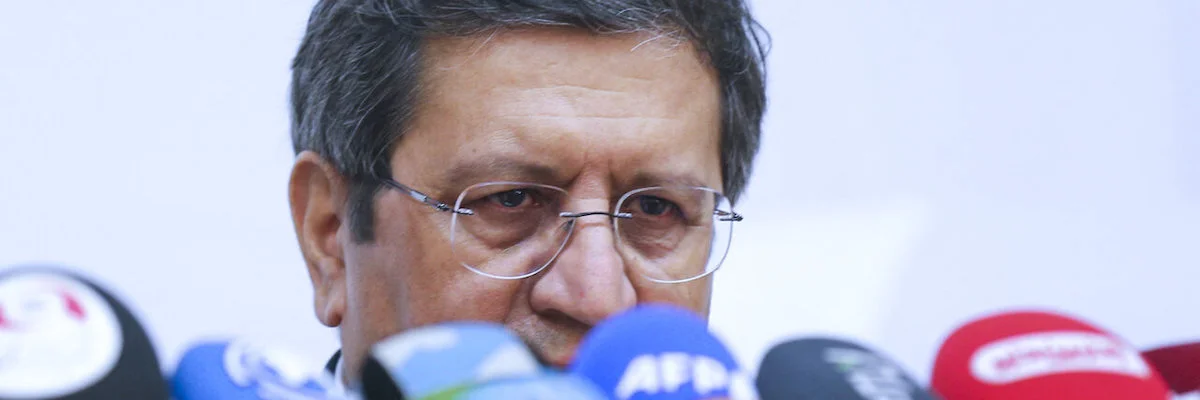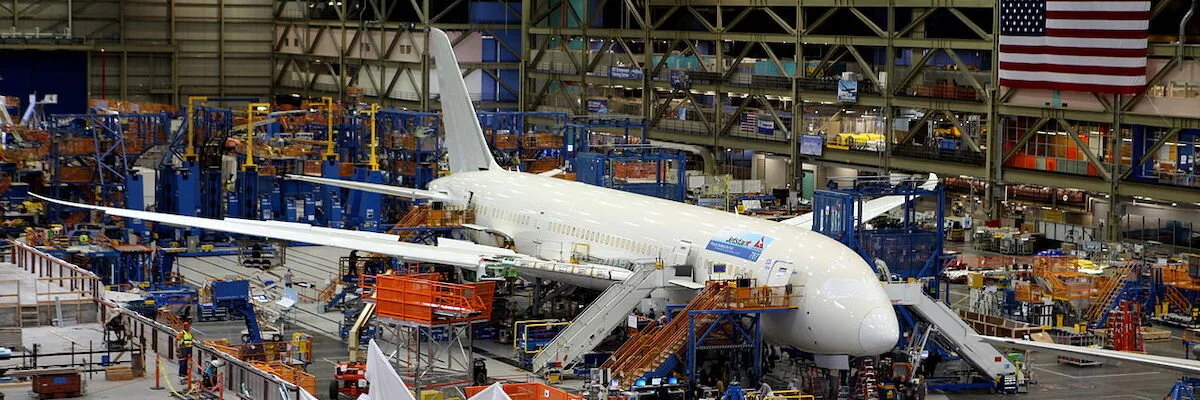What's the Deal with Iran's Foreign Exchange Reserves?
Editors note: The IMF has now updated the footnote referenced in this piece to reflect their estimate of Iran’s gross international reserves in 2020, which stood at $115.4 billion.
When it comes to Iran, even economic data can cause controversy. The International Monetary Fund’s latest regional report for the Middle East and Central Asia places Iran’s gross international reserves at $4 billion in 2020, a tiny fraction of the $122.5 billion of reserves Iran held in 2018, and down further from the estimate of $8.8 billion published in October of last year.
For some, the IMF data was evidence of Iran’s stunning economic decline, achieved through “maximum pressure” sanctions. Former Wall Street Journal reporter Jay Solomon tweeted a screenshot of a table from the IMF report, stating that “accessible foreign exchange reserves plunged to $4 billion in 2020 from $123 billion in 2018.” Former Secretary of State Mike Pompeo, a key architect of the Trump administration’s maximum pressure policy, responded to Solomon’s tweet, boasting that “over 96% of Iran’s foreign exchange reserves have been wiped out.”
Radio Farda ran a story claiming that Iran’s gross international reserves had collapsed to $40 billion, a figure they reached by concluding that the $4 billion of accessible reserves reflects 10 percent of Iran’s total reserves. Faced with these dire estimates, Iran’s central bank governor Abdolnasser Hemmati responded on Instagram, criticising the IMF and stating that they had used incorrect data in their report.
The controversy stems from a misunderstanding of the assumptions made by the IMF in estimating Iran’s gross international reserves. A footnote in the statistical appendix of the latest Regional Economic Outlook report explains that the gross international reserves data for Iran “has been amended to reflect the amount of external assets that is readily available and controlled by the monetary authorities after the re-introduction of financial sanctions.”
Since the Trump administration reimposed sanctions on Iran’s financial system in 2018, Iranian authorities have been unable to use most of their foreign assets, a situation exemplified by the current dispute over $7 billion of frozen assets held in banks in South Korea. For this reason, IMF economists estimate that only “only 10 percent of the previously reported gross international reserves are readily available for [balance of payments] purposes from 2019.” This estimate is likely derived from statements made by Trump administration Iran envoy Brian Hook in December 2019. Hook claimed that Iran retained access to just 10 percent of its $100 billion of reserves due to sanctions—Pompeo probably had this soundbite in mind when he tweeted that the $4 billion estimate meant that 96 percent of Iran’s reserves had been “wiped out.”
Given that Iran’s financial assets are a target of US sanctions, Iranian authorities do not publish their own figures on gross international reserves, although they do publish information on quarterly data on changes to reserves and a more general figure for “foreign assets.” That leaves the IMF little option but to run with the 10 percent figure to estimate what proportion of Iran’s reserves are readily accessible. Another assumption made by the IMF is that any balance of payments deficit Iran runs will need to be financed exclusively from that smaller pool of accessible reserves—this is indicated in the footnote, but it could have been made clearer.
Working backwards, the $4 billion figure reflects 10 percent of 2019 total reserves minus Iran’s balance of payments deficit in 2020, which can be estimated from the difference between the 2019 and 2020 estimates for accessible reserves—$8.4 billion. Given the decline in accessible reserves it attributable to the balance of payments deficit, there has been no dramatic fall in Iran’s gross international reserves, which are estimated at $123.8 billion for 2019 and down by $8.4 billion to $115.4 billion for 2020. The relative stability of such reserves is corroborated by data from the Central Bank of Iran on changes to international reserves, which decreased by an average of just $1.15 billion per year between March 2017 and March 2020. Logically, if Iran is unable to access or spend the money, there is no real way for its reserves to be “wiped out.”
Iran’s dwindling accessible reserves pose a major challenge for authorities—$4 billion is equivalent to just under three weeks of Iran’s annual import total. Iranian officials will hope that the resumption of trade post-pandemic and the resurgence of Iranian oil sales will ease the country’s balance of payments crisis. Indeed, the IMF sees accessible reserves rising to $12.2 billion this year, suggesting a balance of payments surplus of $8.2 billion. Importantly, this projection does not take into account sanctions relief Iran may receive as part of ongoing negotiations with the United States.
For now, what a closer inspection of the data makes clear is that those who claimed that Iran’s foreign exchange reserves have collapsed are wrong—total reserves today are higher than in 2019, when Hook was boasting about the success of maximum pressure. Iran remains a wealthy country, albeit without the means to use much of its wealth.
Photo: Getty Images




